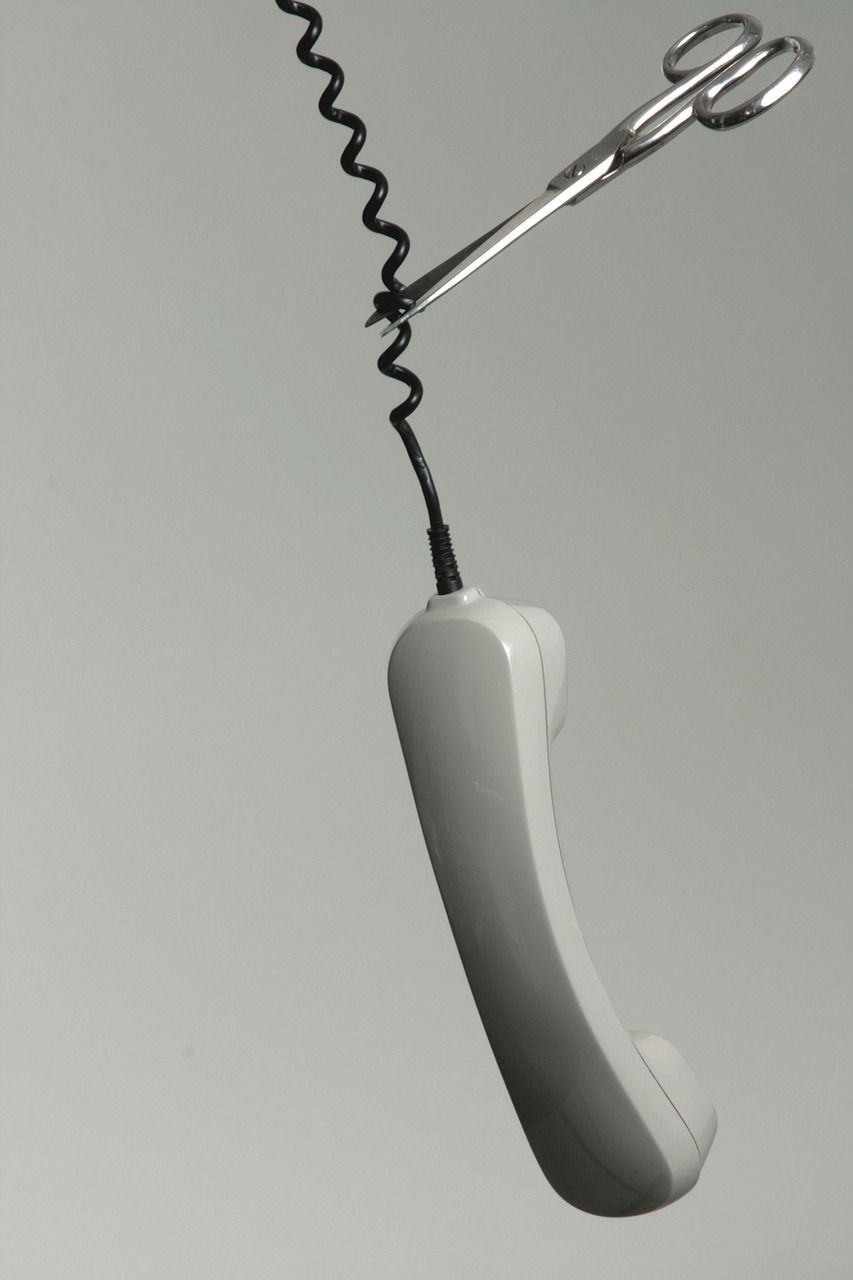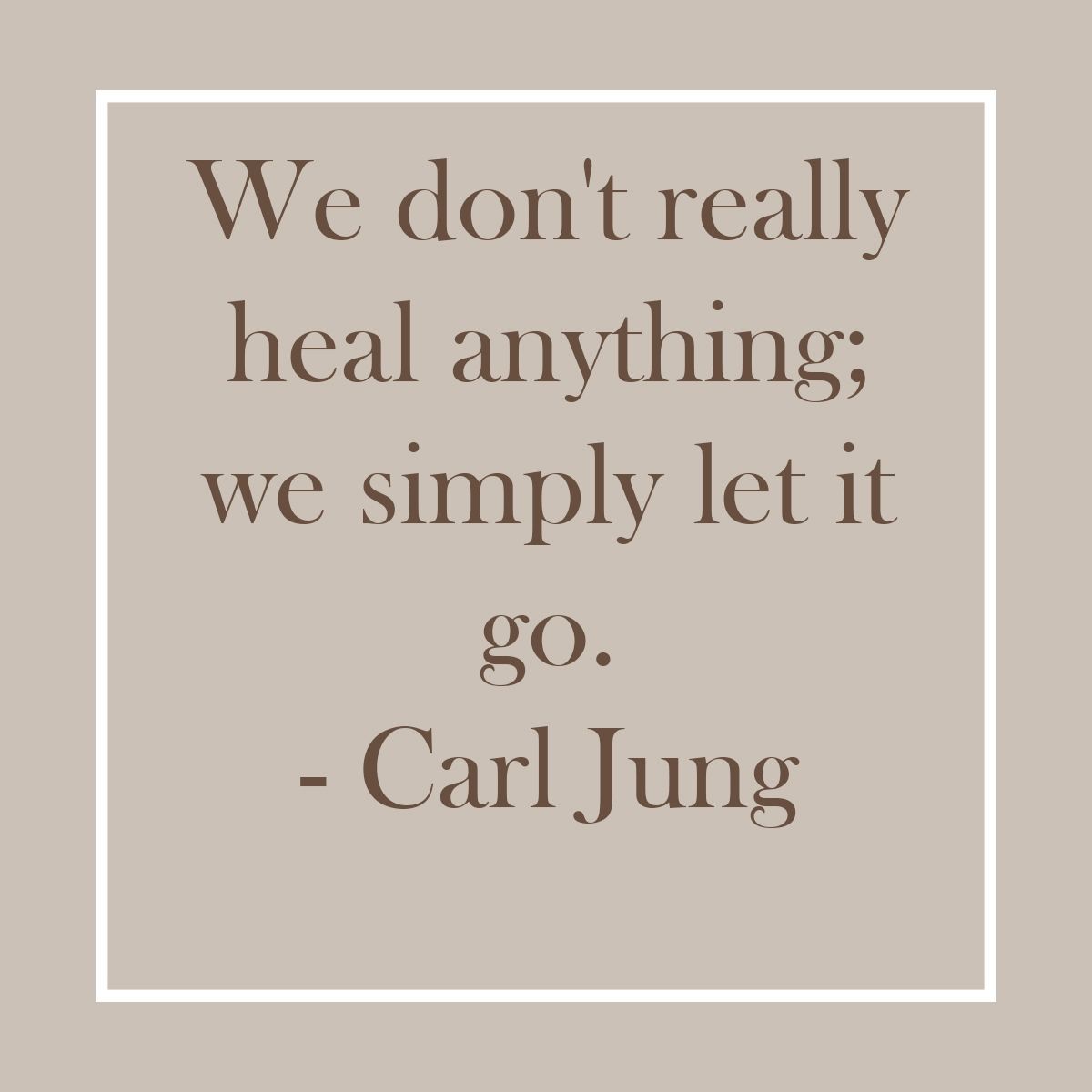Myth: Healthy food costs too much
There are many ways to lower your grocery bill without sacrificing nutritional value, but to be fair, many of them involve re-evaluating your own personal eating habits, likes and dislikes, and time available for food preparation. Is it really the monetary cost? or is it the discomfort of choosing foods you are not used to? or maybe it’s the trade-off in time that purchasing less expensive, less processed foods will require? If you would really like to save money on groceries, then please read on!
Let’s take this one food group at a time, starting with Meats and Alternatives. Meat (fish, poultry, lean beef etc.) is a great source of protein, but there are lots of alternative proteins that are just as (if not more) nutritious, but which have a lot less impact on the wallet. Eggs, tofu, nuts (eg. peanut butter) and legumes (dried beans, peas, and lentils) are significantly less expensive, on average, than meat, but make extremely satisfying, nutritious meals.
For fruits and vegetables, it is best to buy fresh produce that is in season. If you can find locally-sourced produce, it will typically cost less than food that has needed to travel long distances to get to you. Check out your nearest farmer’s market if you can.
As for dairy, it is less expensive to buy in bags than in cartons. And if you really want to save money, you can buy powdered milk and use that. It is almost always found in non-fat forms (fat can go rancid; non-fat has a longer shelf-life). So, when reconstituted, it has the flavour and consistency of skim milk. If you don’t like skim, then it is best just to keep this milk for cooking, and buy a smaller quantity of the milk you enjoy drinking.
And for grains, you can save a lot of money by using whole grains bought in bulk over anything in a box or bag. Instead of bread products – buns, wraps, pitas etc – and pastas, experiment with grains like whole oats, barley, brown rice, quinoa, wild rice, couscous and so many more. Even the more expensive grains cost pennies per serving compared to a few dollars for a single loaf of bread.
And of course, check the fliers at your local grocery store before you go shopping. Plan your week’s meals so you shop only for what you need and don’t end up with food going bad in your fridge because you bought it on impulse. Stock up staples or on canned or frozen fruits and vegetables when they are on sale.
That should probably be enough to get you started. Good luck!













